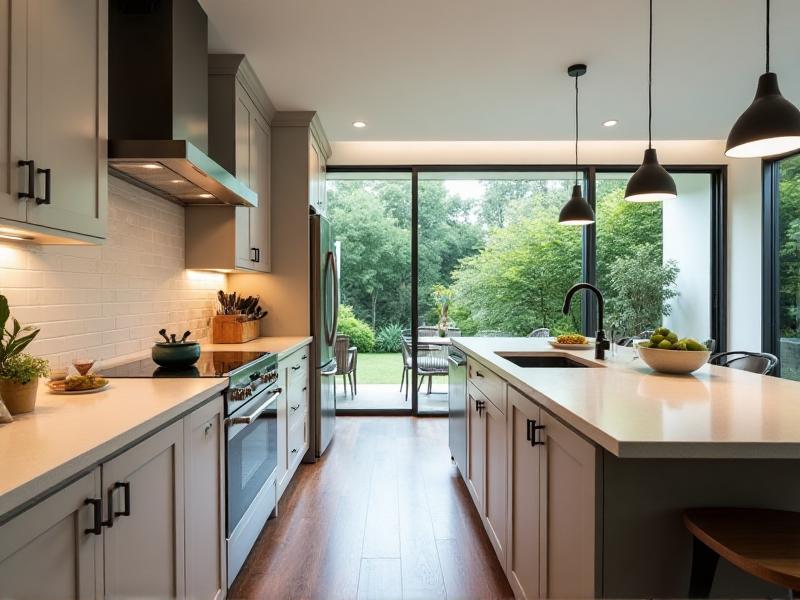Introduction to Aging in Place and Kitchen Remodeling

As we age, our homes should adapt to meet our changing needs. Aging in place refers to the ability to live in one's own home safely, independently, and comfortably, regardless of age or ability level. The kitchen, being one of the most frequently used spaces, often requires thoughtful remodeling to ensure accessibility and functionality. This blog post explores practical tips and design ideas for creating a kitchen that supports aging in place, blending aesthetics with accessibility.
Designing for Accessibility: Key Considerations
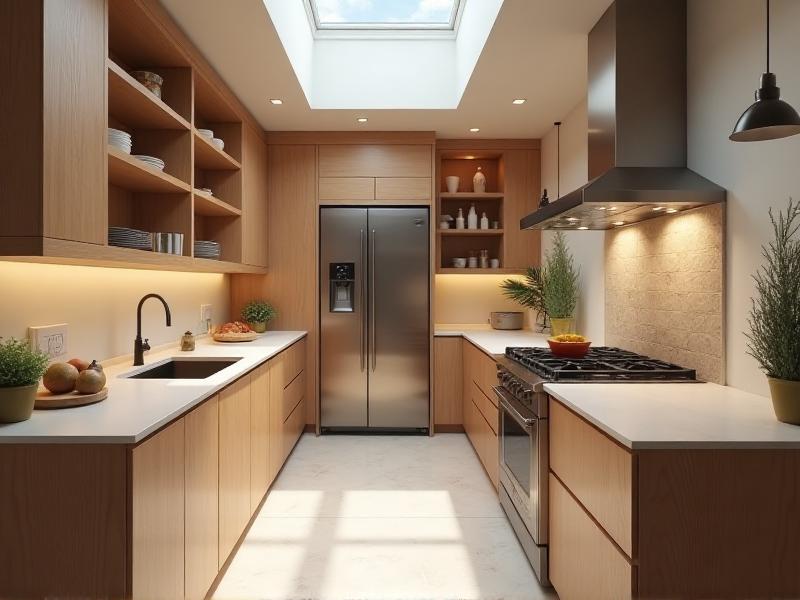
When remodeling a kitchen for aging in place, accessibility should be the primary focus. This includes ensuring that countertops, cabinets, and appliances are within easy reach, regardless of mobility limitations. Consider installing pull-out shelves, lazy Susans, and adjustable-height countertops to make storage and food preparation more manageable. Additionally, choose appliances with easy-to-read controls and ergonomic handles to reduce strain.
Flooring and Lighting: Safety First
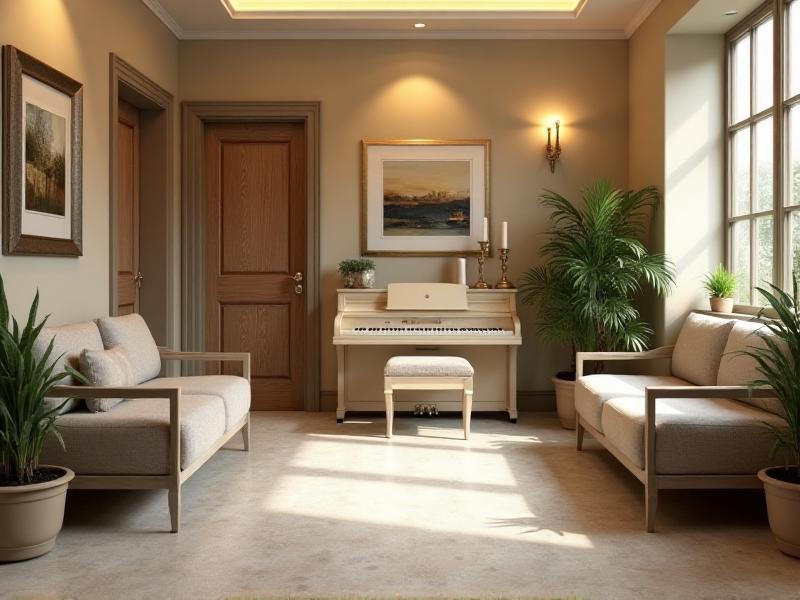
Slip-resistant flooring is essential for preventing falls, which are a common concern for older adults. Opt for materials like textured vinyl, rubber, or cork, which provide traction and cushioning. Adequate lighting is equally important. Incorporate task lighting under cabinets, motion-sensor lights, and bright overhead fixtures to eliminate shadows and improve visibility. These small changes can significantly enhance safety and usability.
Smart Appliances and Technology Integration
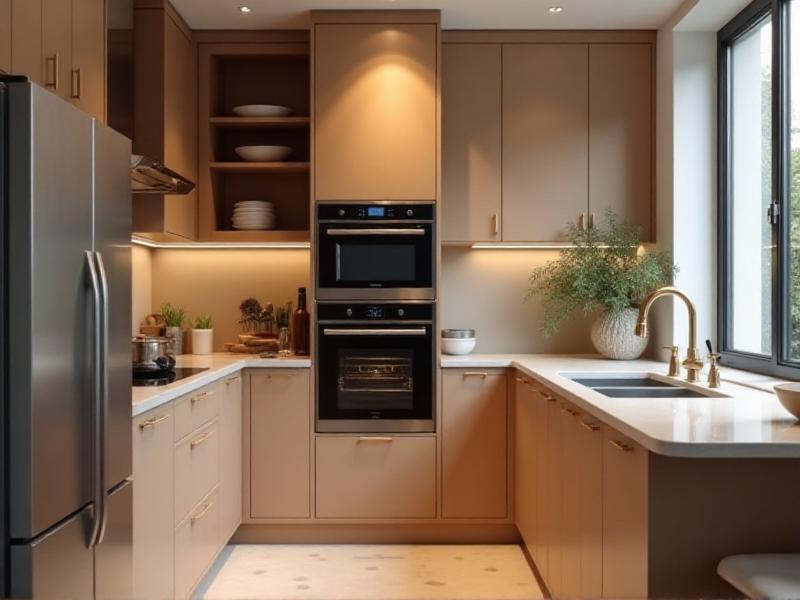
Modern technology can make kitchens more user-friendly for seniors. Smart appliances, such as voice-activated ovens and refrigerators with touchscreens, can simplify daily tasks. Consider installing motion-activated faucets, which reduce the need for twisting or turning knobs. Smart home systems can also be integrated to control lighting, temperature, and security, providing peace of mind and convenience.
Ergonomic Cabinetry and Storage Solutions
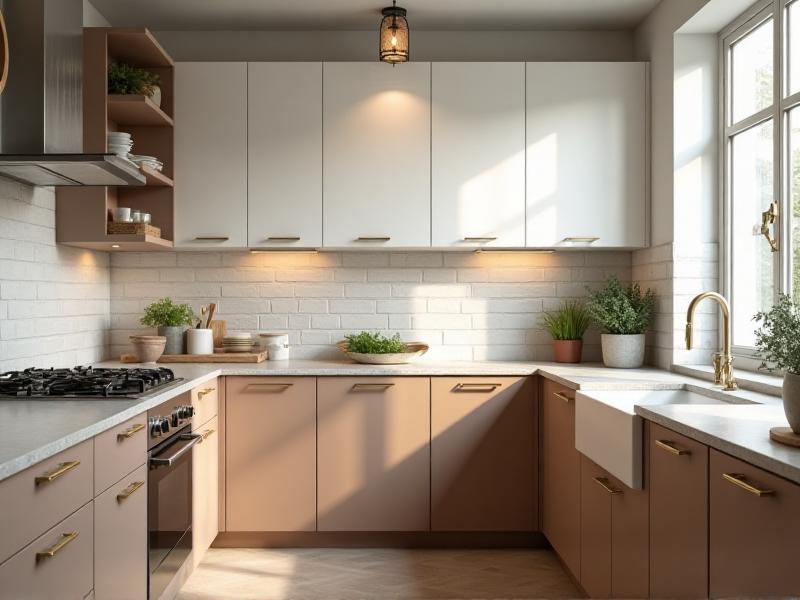
Customizing cabinetry to suit individual needs can greatly improve kitchen functionality. Soft-close drawers and doors reduce the risk of pinched fingers, while pull-out shelves and deep drawers make it easier to access items stored at the back. Consider installing cabinets with D-shaped handles or touch-to-open mechanisms for those with arthritis or limited hand strength. These thoughtful touches can make a world of difference.
Creating a Comfortable Seating Area
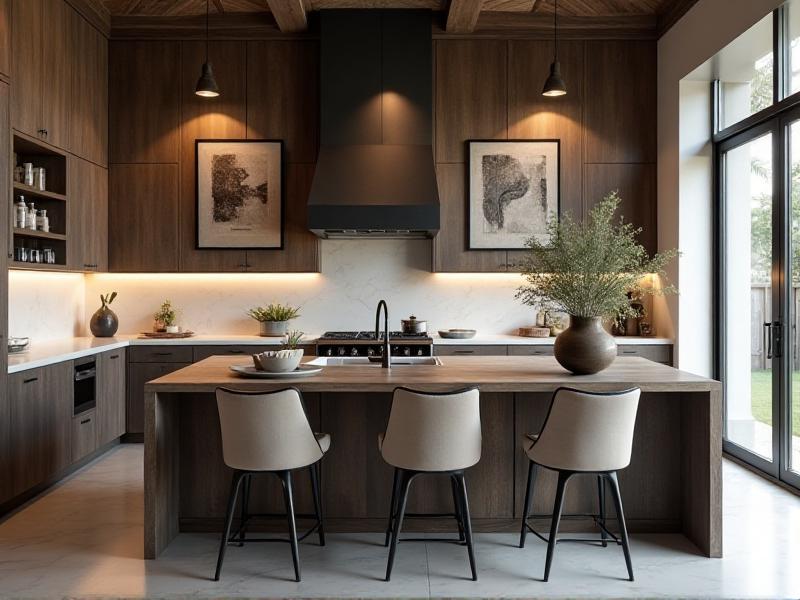
Incorporating a seating area into the kitchen design can provide a comfortable space for meal preparation, socializing, or resting. Choose chairs with sturdy armrests and proper back support to assist with sitting and standing. A height-adjustable table or countertop can accommodate both seated and standing users, making the kitchen more versatile and inclusive.
Choosing the Right Countertop Height and Materials
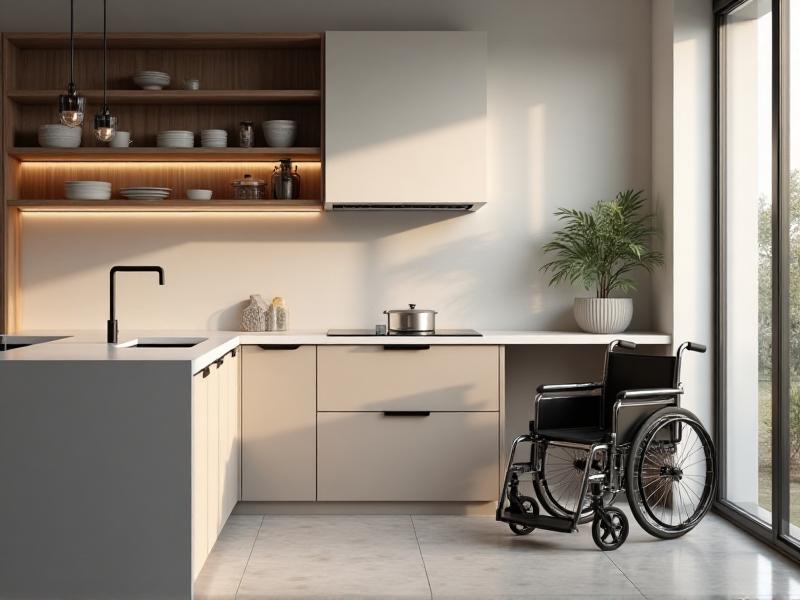
Countertops should be designed with both comfort and accessibility in mind. A height of 34 to 36 inches is generally recommended for wheelchair users, while adjustable-height countertops can cater to a variety of needs. When selecting materials, prioritize durability and ease of maintenance. Quartz and solid surface countertops are excellent choices, as they are resistant to scratches and stains.
Incorporating Universal Design Principles

Universal design focuses on creating spaces that are usable by people of all ages and abilities. In the kitchen, this means incorporating features like lever-style faucets, wide doorways, and open floor plans. These elements not only enhance accessibility but also ensure that the kitchen remains functional and stylish for everyone in the household.
Working with a Professional Designer

Collaborating with a professional designer who specializes in aging-in-place remodeling can help you achieve the best results. They can provide expert advice on layout, materials, and features that suit your specific needs. A designer can also help you navigate local building codes and regulations, ensuring that your remodel is both safe and compliant.
Budgeting for Your Kitchen Remodel

Remodeling a kitchen for aging in place can be a significant investment, but it doesn’t have to break the bank. Start by prioritizing the most critical changes, such as improving lighting and flooring. Explore cost-effective options like refacing cabinets instead of replacing them entirely. Planning ahead and setting a realistic budget will help you achieve your goals without unnecessary financial stress.
Key Takeaways
- Focus on accessibility by incorporating features like pull-out shelves, adjustable-height countertops, and easy-to-use appliances.
- Prioritize safety with slip-resistant flooring and adequate lighting.
- Integrate smart technology to simplify daily tasks and enhance convenience.
- Work with a professional designer to ensure your remodel meets your needs and complies with local regulations.
Frequently Asked Questions
Q: What is the most important feature to include in an aging-in-place kitchen?
A: Accessibility is key. Features like adjustable-height countertops, pull-out shelves, and easy-to-use appliances can make a significant difference.
Q: How can I make my kitchen safer for an aging loved one?
A: Start by installing slip-resistant flooring, improving lighting, and ensuring that frequently used items are within easy reach. Consider adding grab bars and motion-sensor faucets for added safety.
Q: Is it possible to remodel a kitchen for aging in place on a budget?
A: Yes! Prioritize essential changes like lighting and flooring, and explore cost-effective options like cabinet refacing. Planning ahead and setting a realistic budget can help you achieve your goals without overspending.


